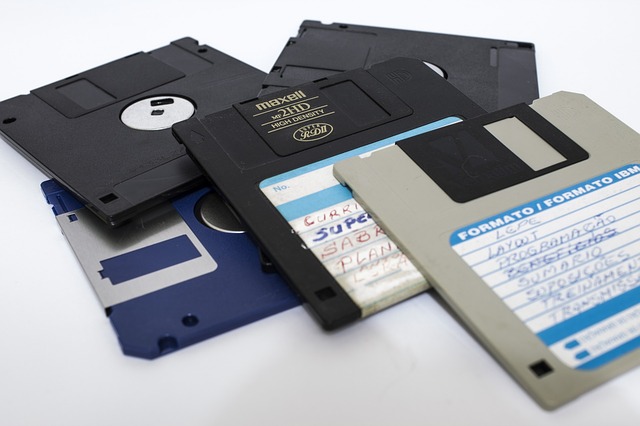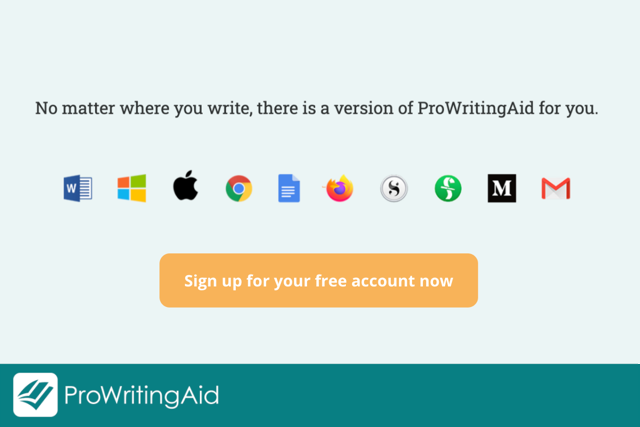
As we all know, a freelance writer’s career is only as strong as his or her portfolio.
When I started writing full-time in the spring of 2008, I quickly racked up a hilariously diverse series of clients and writing samples. Given that I was a broke college graduate, living alone in an apartment with few expenses beyond student loans, I took every job I could get my hands on.
And what an eclectic group of clients:
- A company that made disposable, single-use packets of dental floss. Tear the packet in half, and each piece of the packet becomes the handles on the floss that you stretch out between them (I was promised samples and am still irritated I never got any).
- Another company that made a hemorrhoid relief… device? I’m not going into too much detail here, but it was an apparatus that positions the body in such a way that hemorrhoids are not irritated. You can fill in the blanks from there (I did not request samples of this one).
- A commercial for some health product backed by NFL bad boy Bill Romanowski of the Denver Broncos.
- An international sales seminar marketing campaign for a salesman based in Scotland.
- A marketing campaign for a documentary team that covered a man serving a life sentence in prison for murdering his entire family when he was a young boy—and he swears his innocence to this day.
My work was not dull, I can say that.
But it was also awesome because I was writing such a wide variety of materials that I rapidly built a sizable portfolio. I looked forward to completing a project, saving copies of this random stuff on an external drive connected to my laptop for safekeeping.
Any time I needed to reach out to a new potential client, I could pick and choose from all sorts of stuff to show them my writing abilities.
To me, this portfolio was my insurance in the coming years.
Then, It All Disappeared
One day, I tried to open the drive on my computer. It made a funny whirring sound, then spat out an error message.
I tried again. Same message.
I Googled around to see if I could figure out what the message meant and if I could fix it. To my horror, the worst news was confirmed.
The drive was toast. Everything on it was gone. In that moment, my portfolio had evaporated.
That wasn’t even the worst of it.
I kept other important files on that drive. Some important records I had saved were gone. Many photos I took of my very first apartment disappeared forever.
Most heartbreaking, I lost dozens of photos of my beloved cat, Chandler. I adopted him when he was only 7 weeks old, and he was the most adorable kitten there ever was. He passed away in 2019 after 14 years together, and I am still so sad that I lost those photos of our early days together. I only have one left, because I had uploaded it to Facebook.
The damage done to my business was brutal. The emotional damage was awful.
I told myself, “Never again.”
You Need a Backup—Right Now
Hard drives fail. Every single one of them. It’s only a matter of time. In fact, studies show that hard drives really only have a lifespan of a few years.
In my idiot line of thinking, I thought keeping them on the external drive was backing them up. But I wasn’t saving a copy anywhere else.
Tom, you fool.
Can you afford to lose your most important files? That manuscript you’ve been slaving over for years? That portfolio of writing samples? That list of book ideas? Those stories you wrote in college?
Probably not. It’s time to back up your work for the long haul. But even if you think you have your important files backed up, you might be overlooking some vulnerabilities in your strategy.
Failure to address these vulnerabilities could lead to a loss of your important files.
Let’s review the keys to a solid backup plan and you can figure out what you’re missing—and then we’ll look at a sample plan to do it the right way.

What Does a Proper Backup Plan Look Like?
“I’m good, Tom—I have my files uploaded to iCloud.”
“Tom, don’t sweat it. Google Drive backs up all my stuff.”
Sure. But what if Google or Apple fail on you?
Sounds impossible? These are big companies!
A quick search will bring up plenty of stories of people whose files just disappeared from their online storage. It happens. It may be rare, but it happens. Do you want to take that chance?
Time to set up a backup. Let’s do it the right way.
Every backup needs:
- Redundancy. This is a fancy way of saying “multiple copies.” This is what was missing from my original portfolio. I was relying on one copy of everything.
- Multiple locations. Not only do you need multiple copies, they need to be put in different places. In other words, not on the same computer (or the same drive).
- A cloud component, preferably. You don’t want to only rely on the cloud, but it is definitely a good place to keep one copy.
- Exportability. You need to be able to easily access the files and open them in something new. No sense in backing up all your files in one file format that doesn’t cross over to other programs (Evernote, I’m looking in your direction).
- The ability to restore easily. You want downtime to be minimal in case of emergency so that you can be back up and running after the disaster.
How I Run My Backup Solution (It’s Pretty Simple)
After a lot of testing and trying things out, I’ve landed on a backup solution that works for me. It involves a cloud component, a local component, a server computer (not necessary for you), and a series of external drives.
That sounds like a lot. In practice, it’s not. And it’s extra redundancy, which is a good thing.
- Work files and important records are stored in Google Drive. Cloud backup is an important cog. Dropbox or iCloud can be used, too. But we’re not just relying on them alone.
- My Google Drive main folder is synced to my laptop. A copy of that folder is saved locally, so that I can access it even without an internet connection. And if anything goes down on Google Drive, I still have access.
- That folder is also synced to my server. I run a media server in my house, so since it’s another hard drive in the home, I have my Drive folder synced there, too. This is optional, but if you have another computer, it doesn’t hurt.
- The folder is also copied once per week to an external drive. Redundancy. And this is completely offline. If Google Drive goes down and takes all my files with it, and those files are deleted somehow from both of my computers, then I still have a copy saved offline. I do this manually so that there is no way for Google to accidentally and automatically delete files.
It feels like a lot.
You Can’t Be Too Careful
I had to rebuild my portfolio from scratch. I lost memories of an important time of my life.
It was far more than just an inconvenience.
Thanks to data storage being cheaper than ever, making backups a part of my daily routine has become a simple way to get peace of mind, and offer an extra layer of protection for my most important documents and files.
Start it today so you won’t regret it later.
Edit With Ease With ProWritingAid
ProWritingAid isn’t a storage solution, but it does allow you to edit your work on multiple computers.
With integrations for Word, Google Docs, Scrivener, Medium, FinalDraft, and most places you can write online, ProWritingAid is there to help you catch grammar errors and improve your prose wherever you write. With the web editor, you can start writing on your laptop and pick up again on your work computer. All you need is a free account.


